According to the International Telecommunication Union’s (ITU) latest 2024 report on digital development, around 2.6 billion people — roughly one-third of the global population — still lack internet access.
Internet access reaches 93% of the population in rich countries, but plummets to only 27% in poorer ones. This disconnect hinders personal growth, stifles economic development, and limits social inclusion worldwide.
Everyday tasks like paying bills, booking medical appointments, making bank transfers, handling paperwork, and staying in touch all now require a smart device and an internet connection. Although this may seem obvious, the data reveals that significant inequalities in technology access still exist. It’s important to pay special attention to people with limited resources, older adults, and those with disabilities, who are at risk of being excluded.

The Alarming Divide in Technology Access
In the wake of the pandemic, the World Economic Forum’s 2021 Global Risks Report had already underscored the issue of technological inequality. This means that many people lack the resources and skills needed to effectively navigate the digital world.
Additionally, findings from the Digital Skills Gaps: A Closer Look at the Digital Skills Index (DSI 2.0) study indicate that 36% of European adults lack essential digital skills, and 8% seldom or never access the internet.
How Age Shapes the Digital Divide
According to United Nations forecasts, birth rates are expected to decline, while life expectancy will rise to 80 years or more by 2050. This means that the world’s population will grow increasingly older.
Given this context, it is essential to consider older adults’ difficulties with technology to avoid their exclusion from the digital world.
Data from Spain’s National Institute of Statistics (INE) in 2024 reveals that under half of those aged 75 and older use the internet. Most use the internet for instant messaging, but far fewer do so for medical appointments or health record access.
While the pandemic did accelerate smart device adoption and internet use among older adults, the rise of generative AI and rapid technological advances now demand continual adaptation.
In fact, many older adults face “digital ageism,” a form of discrimination rooted in age-based stereotypes that restricts their active participation online. This problem is further compounded by digital platforms that fail to address the specific needs of older adults, along with insufficient training opportunities.
Disability and the Digital Divide
According to the United Nations Convention on the Rights of Persons with Disabilities, persons with disabilities are those who “have long-term physical, mental, intellectual, or sensory impairments which, when combined with various barriers, may impede their full and effective participation in society on an equal basis with others.”
In the digital world, Eurostat’s 2024 figures highlight that people with disabilities use the internet less often, with patterns shifting based on both age and the severity of their disabilities. They encounter significant barriers to accessing online content and services, limiting their opportunities for employment, social connection, and leisure.
To address this barrier, a range of initiatives from institutional, academic, and business sectors aim to advance digital inclusion through tailored training programs and adaptive technologies.
One example is Accesverse, a project funded by the International University of La Rioja and developed under the initiatives of the International Observatory ‘Brandingverse’. IThe project aims to examine the existing metaverse ecosystem to define accessibility possibilities and develop strategies to enhance them, thereby mitigating the digital divide experienced by people with diverse physical and intellectual disabilities.
Likewise, the Digital Divide Chairs network at Valencian public universities also works to explore the issue from various angles. Within this framework, a recent study conducted by the Universitat Politècnica de València explores accessibility issues on metaverse platforms for individuals with disabilities.
Four key groups play a vital role in bridging the digital divide: government, social organizations, the education system, and families. Adapting to technological changes through ongoing learning is crucial, given their broad impact on our lives.
.
Aritcle published in theconversation.com: https://theconversation.com/el-acceso-a-internet-no-esta-al-alcance-de-todos-por-igual-253862

Authors:
Nàdia Alonso López, research professor at Campus Gandia of the Universitat Politècnica de València.
Pavel Sidorenko Bautista, professor at the International University of La Rioja.

